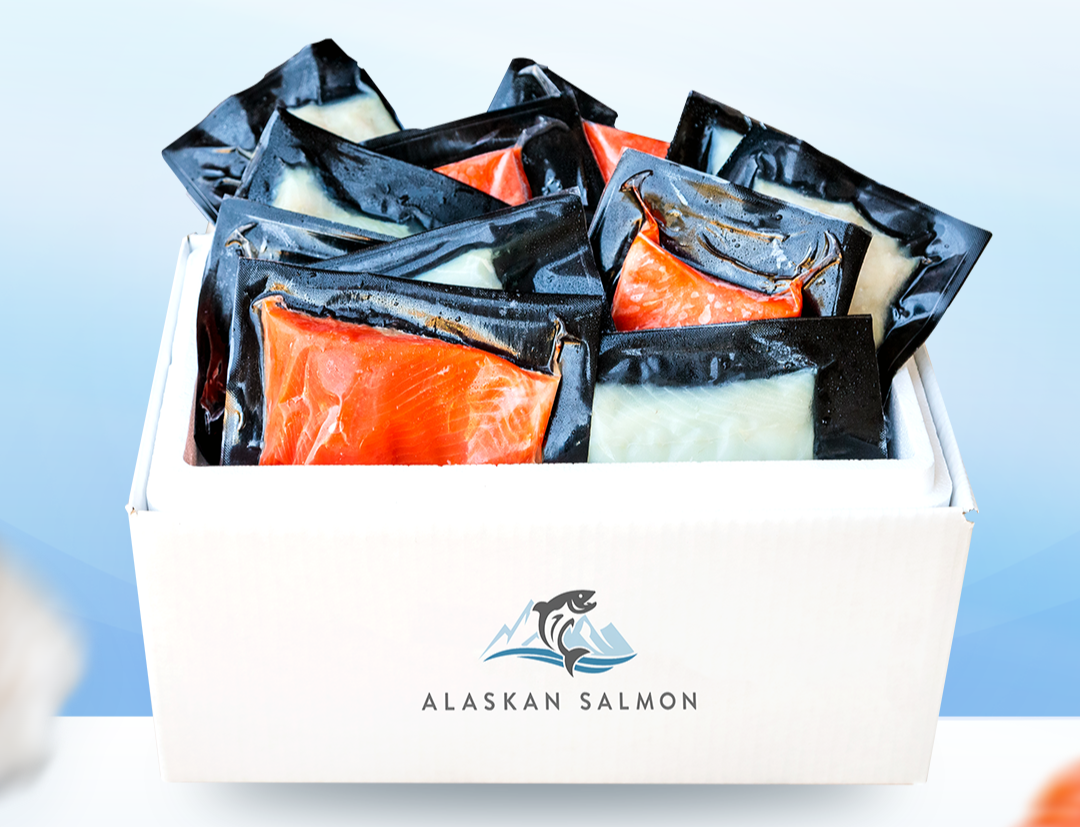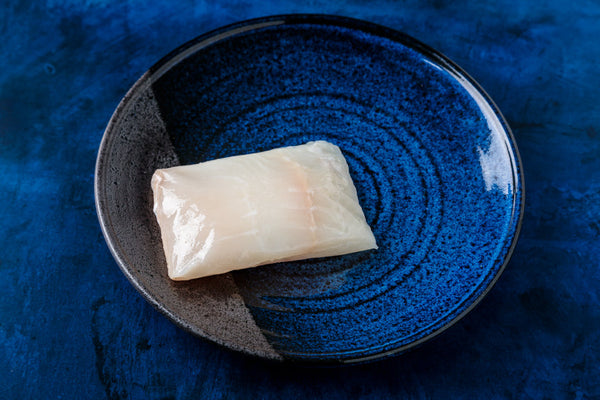Is Halibut High in Mercury?
Updated on Oct 06, 2025
Halibut is a tasty, mild-flavored fish that many people love for dinner. It’s packed with protein, vitamins, and healthy fats, which is why it’s a great choice for meals that are both delicious and nutritious.
But like many fish, halibut can sometimes carry tiny amounts of mercury — a naturally occurring metal that can build up in our bodies if we eat too much of certain types of fish.
If you’re curious about how safe halibut is to eat and how often it’s best to include it in your diet, it helps to know a few key facts.
Is Halibut High in Mercury?
Halibut is considered a fish with moderate mercury levels. That means it doesn’t have as much mercury as very high-mercury fish like swordfish or king mackerel, but it has more than low-mercury fish like salmon or cod.
Mercury levels can vary depending on the type of halibut. Pacific halibut, which is found in the northern Pacific Ocean, usually has lower mercury than Atlantic halibut, which comes from the Atlantic Ocean. Larger, older halibut tend to have more mercury because mercury builds up in their bodies over time.
On average:
- Salmon: very low mercury
- Cod: low mercury
- Halibut: moderate mercury
- Tuna: can range from low to high depending on the type
- Swordfish: very high mercury
So, while halibut is a healthy choice full of protein and nutrients, it’s smart to be aware that it has more mercury than salmon but is safer than swordfish.
Related: Is Halibut Healthy?
How Much Halibut is Safe to Eat?
Because halibut contains moderate mercury, it’s important to enjoy it in moderation. Health experts like the FDA and EPA provide guidelines to help people eat fish safely:
- Adults: 2–3 servings of low- to moderate-mercury fish per week is generally considered safe. One serving is about 4 ounces cooked (roughly the size of a deck of cards).
- Pregnant women, nursing mothers, and young children: It’s especially important to limit high-mercury fish. For halibut, 1 serving per week is recommended, and choosing smaller fish helps reduce mercury exposure.
To enjoy halibut without worrying about too much mercury, focus on moderation and portion control. Stick to the recommended serving sizes and try not to eat it every day. Variety is key — mix in other low-mercury seafood like salmon, shrimp, or cod throughout the week.
This not only reduces mercury exposure but also gives you a range of nutrients and flavors.
Additional Tips
To enjoy halibut safely, it’s important to buy from reputable sources. This helps ensure the fish is fresh, handled properly, and comes from suppliers who follow food safety guidelines.
Choosing wild-caught halibut is another smart choice, as wild fish tend to have a more natural diet and may accumulate fewer contaminants than some farmed fish.
Considering these factors and eating halibut in moderation makes it possible to get its nutritional benefits without taking on too much mercury or other unwanted substances.
Summary
Halibut can be a delicious and nutritious part of your meals, but like all fish, it’s important to enjoy it thoughtfully. Remember to choose smaller fish, stick to the recommended serving sizes, and buy from reputable sources so you can safely enjoy halibut’s protein and healthy fats while keeping mercury exposure in check.
For even more variety and low-mercury options, consider adding Alaskan Salmon Company’s Wild King Salmon and Wild Sockeye Salmon, as well as Wild Alaskan Halibut and Wild Alaskan Black Cod (Sablefish) to your meals.
These fish are naturally rich in omega-3s, full of flavor, and a great way to enjoy seafood you can feel good about!








